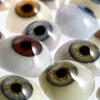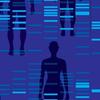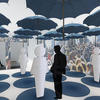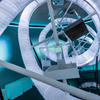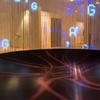Human genome. What makes us unique
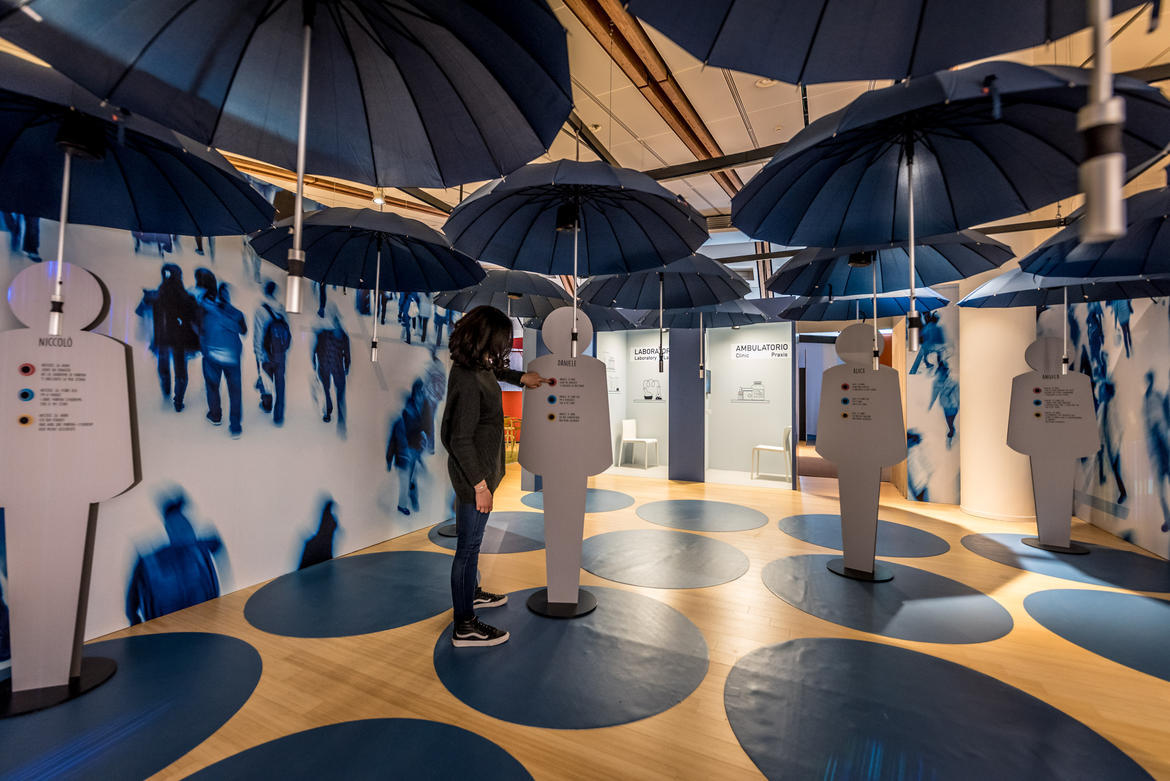
Why are all people different? Where do they get their talents? Why do some people age so well, and others, unfortunately, not so well? Why does life have a biological limit and how can we prevent illnesses? The exhibition “THE HUMAN GENOME. What makes us unique” runs from 24 February at the MUSE - Trento Science Museum, and looks at questions profoundly affecting us all that are today the subject of important and promising biological research.
Genomics is a science in continuous evolution that also raises certain ethical questions and doubts. “The Human Genome” therefore promises to be a real journey through the new challenges offered by genomics, focussing on the opportunities and risks involved in applying the new breakthroughs in particularly sensitive areas, such as health. The exhibition takes the form of an interactive and immersive tour with numerous multimedia features and exhibits that bring home the meaning of these questions at a very personal level, using visually striking videos, multi-projections and art works. It raises three essential question about the genetic heritage of human beings: How much does DNA count? What are the other defining factors (such as environment and lifestyle)? How and to what extent can we act to alter our genetic heritage? A change of scale – from macro to micro – which does not ignore the human and social component will invite the public to explore a fascinating world, one contained within all of us and that makes us what we are: unique.
THE EXHIBITION LAYOUT
The exhibition tour involves four main subject areas: complete sequencing of the human genome; the current state of knowledge of its elements and features; the genetic mutations determining differences between individuals and other changes that influence our phenotype; ground-breaking research techniques in the area of human health.
These subject areas look at the state of knowledge on the genome, predisposition to talents and illnesses, and the possibility of treatment using targeted and personalised forms of therapy.
The set-up - designed by the architect Lorenzo Greppi - is the result of a major scientific curatorship effort by MUSE, in association with a national-level scientific consultancy committee made up of researchers and experts. The exhibition uses immersive techniques to offer scientific information, with visually striking videos and multi-projections. Artistic ‘contamination’ is evident in more than one area of the exhibition. In particular, the specially commissioned installation by Claud Hesse, a visual artist specialising in themes involving DNA and the genome, encourages reflection on the relationship between the biological component, lifestyles and wellbeing, underlining how certain lived experiences might have an impact on the expression of genes, even in ways that can be passed on by inheritance.
Be sure not to miss…
• The subject of genetic mutations, which help to generate the genetic diversity of other species as well as ours, explained using a very original interactive exhibit. The meaning of a given story can be changed by inputting modified words and sentences to mimic the types of changes occurring in DNA.
• Six individuals, each with their own story to tell. Each of these stories has to do with how these persons have reacted to their own awareness that they are carrying particular genetic characteristics and traits, in order to underline the impact of medical genetics at a personal and social level.
• Have you ever paid for an online genetic test? You can do so as part of the exhibition. One of the areas deals with the huge boom in “direct-to-consumer” genetic testing and offers virtual tests on your own DNA, letting you reflect and express your own opinion on genetic testing.
• DNA-EPIGEN is a visually impressive macro-interactive sculpture by the visual artist Claud Hesse. The work invites visitors to reflect on the relationship between the biological component, lifestyles and wellbeing, underlining how various lived experiences may affect the expression of genes even in ways that can be inherited.
Source: http://www.muse.it


